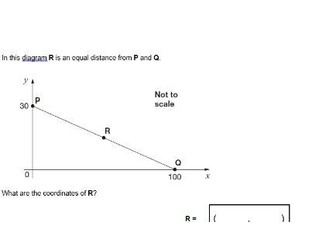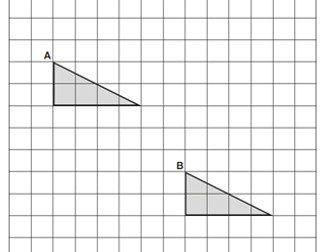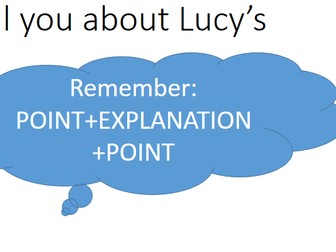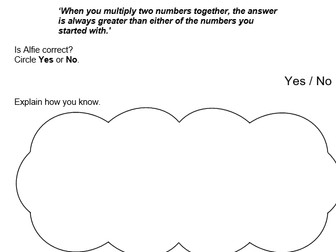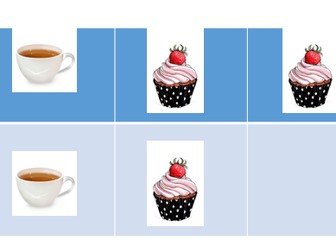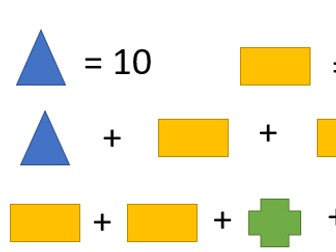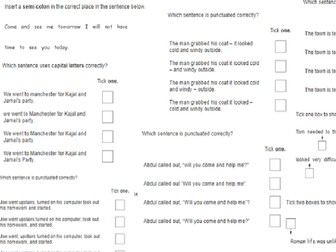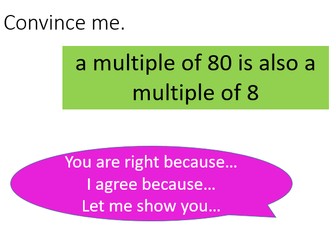Year 6 Reading Comprehension-3 mark style questions, PEP, explanation
Designed by a Year 6 teacher and Reading SATs marker, this resource contains a PowerPoint of 10 reading texts with related questions, written in the style of 3 mark SATs questions, which require children to explain their answers using evidence from the text. It also includes answer prompts for children to use when responding to questions, both orally and in writing. All activities are aligned to the KS2 national tests-the questions are written in the style of recent tests, and the question stems are compiled from analysis of past SATs questions.
Teaching the children to use the PEP (Point+Evidence+Point) strategy will be useful for these more difficult question types.
Texts include fiction, non-fiction and poetry, as well as a mixture of less and more challenging texts. These resources are ideal to use as regular short-burst reading practice for Year 6 preparing for KS2 SATs. They can be used as part of whole-class or small group reading lessons or guided reading sessions. All are fully editable.
The resources focus on the specific content domains (the comprehension elements of the national curriculum as assessed by KS2 English reading tests) related to inference, authorial intent and explanation:
2d make inferences from the text / explain and justify inferences with evidence from the text
2e predict what might happen from details stated and implied
2f identify / explain how information / narrative content is related and contributes to meaning as a whole

